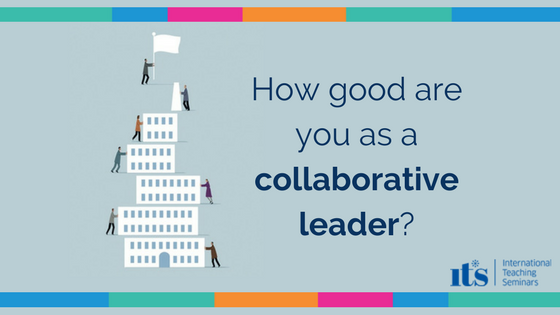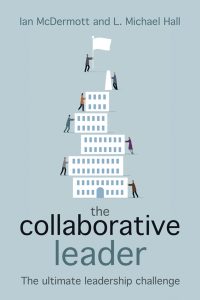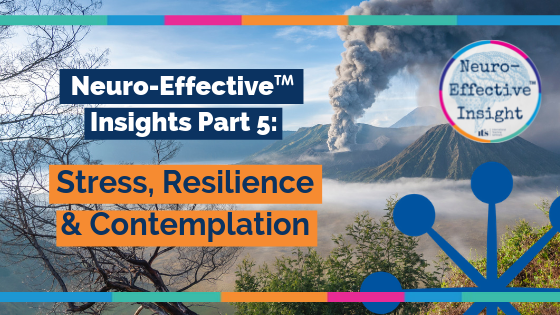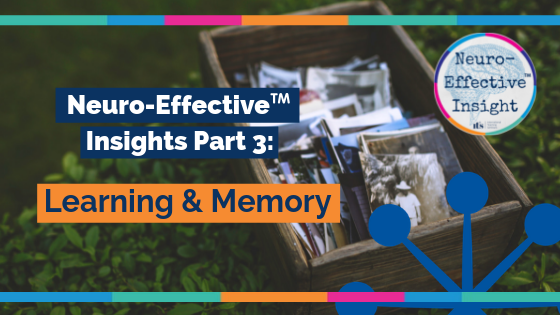I have spent virtually my entire professional career collaborating with people to create new projects, some of which have flourished, some of which haven’t. You could say I’m a serial collaborator. Over the years people have often asked me how I do it. They’ve also confided that they’ve hesitated in their own life because they feared being ripped off, be it financially, intellectually or reputationally.
I think this is really unfortunate because collaboration is the secret to success in any human endeavour. Why? Because when we collaborate we quite literally ‘co-labour’ with others and we accomplish more when we can harness the talents of others to achieve that common goal.
So how about you? Maybe you can collaborate but do you know how to promote collaborative working practices so that others develop this ability also? Or to put it another way, do you know how to foster a collaborative working environment? This is one of the most important skills any leader can develop.
***
That’s why for some time I’ve been eager to put together some of the how-to’s in a book. I do so much work in organizations where it is clear that these skills are sorely needed. My hope is that the book will help people develop these skills more easily.
I’ve written this book with Michael Hall as collaboration is something we both passionately care about. It also just makes sense to me that if you’re writing about collaboration it’s a good idea to collaborate! It’s taken way longer than either of us imagined but we kept at it even though our schedules were already really full. (Perseverance is one of the secrets of successful collaboration!)
One of the things that struck us as we researched the literature was that many titles are about organizations collaborating with organizations and how to create inter-organizational collaboration. But successful collaboration requires a personal skill set and a particular mind-set.
It seemed to us that focusing on these would be really useful: giving a person the how to’s could help them build their collaborative muscle, so to speak. We also thought it was important to flag how collaborations can go wrong and what you can do either to avoid such situations or to deal with them if they happen.
Our contention is that collaboration involves a set of core competencies that are, in effect, leadership competencies. These can be learned and improved.
We also found many misconceptions about collaboration. One of the most common is that collaboration is a nice idea about people getting along and feeling good about each other, but it doesn’t improve the bottom line. Another was that collaboration requires a mediator, not a leader, because it involves getting people to compromise. Such myths obscure the fact that collaboration actually gives businesses a competitive advantage and can deliver a real return on investment.
***
Good leaders foster leadership in others – but great leaders do something more; they create a culture of collaboration.
Leadership is challenging enough. To provide leadership that invites, creates, facilitates, empowers, and actualizes collaboration between people, however, is something else again. That’s why we talk of fostering collaboration as the ultimate leadership challenge.
When you know how to foster collaboration you hold the secret to raising performance and generating culture change to a degree most people only dream of. Why? One of the most tangible benefits of collaboration is that it gives a real competitive edge because a great team can accomplish more than one individual, however talented. So whether you want to collaborate with others – or not! – you probably need to.
***
One of the foundations of collaborative leadership is self-collaboration. Wondering what self-collaboration is?
Suppose you mess up. Most of us do fairly often. How do you deal with yourself? A lot of people tend to give themselves a hard time and the way they do it is sometimes quite abusive. Now imagine that a friend of yours had made a similar mistake. Would you really talk to them the way you talk to yourself? For most people the answer is no. So in a strange way we tend to be more understanding and more useful to other people who are having a tough time that we are to ourselves.
One of the things which can make a huge difference to how effective we can be is our ability to work not just with other people but with ourselves. That’s what self-collaboration is all about; knowing your strengths is just as important as knowing your weaknesses. Being able to get on with yourself matters just as much as being able to get on with other people. The more you learn to collaborate with yourself the better able you will be at collaborating with others. Good to know, then, that there are tools that can help you do this.
***
Do you want to know how to collaborate?
Do you need to collaborate?
Do you want to be a more effective leader?
If you answered yes to any of these questions you’ll want to know how to tap the power of collaboration. There’s a lot to be said for leaders at every level learning how to do this. But the benefits don’t just apply at work: collaborative families are quite different from dysfunctional ones. Collaborative relationships make possible a different kind of intimacy.
So often leaders fall into the trap of becoming their own bottle neck because they take on too much. Fostering collaboration is important because it’s how we can accomplish more than any one individual ever could. Collaboration also grows us by exposing us to more than just our own way of thinking and working. Any leader who enables people to be more together than they are separately is going to increase productivity, team morale, an overall sense of accomplishment – oh, and raise profits!
If you would like to purchase a copy of this book, You can order your copy here: –
The Collaborative Leader: The Ultimate Leadership Challenge. (UK)
The Collaborative Leader: The Ultimate Leadership Challenge. (US)






Leave A Comment